Each step doubles the remainder. The farther down the list, the more times the remainders have been doubled before they reach 1. The more times a bit has been doubled, the less significant it is. The convention for writing numbers is to order the digits (bits) with the most significant first. The integer part for the first step is doubled fewer times than all the rest, so we write it first.
When we refer to numbers stored in a computer, it is helpful to identify the locations. The hardware enforces addresses for bytes (or words, depending on the architecture). But for bits-within-byte we have only convention. Do we number them 1 to 8, or 0 to 7? Is number 0 the one on the left (most significant bit, MSB) or the one on the right (LSB)? It can depend on the manufacturer, assembler writer, cultural convention, or articles of personal faith.
BTW, the same base conversion works for bases besides 2. You multiply by the base each time instead of 2. It even works for irrational bases, like pi-nary or e-nary!
